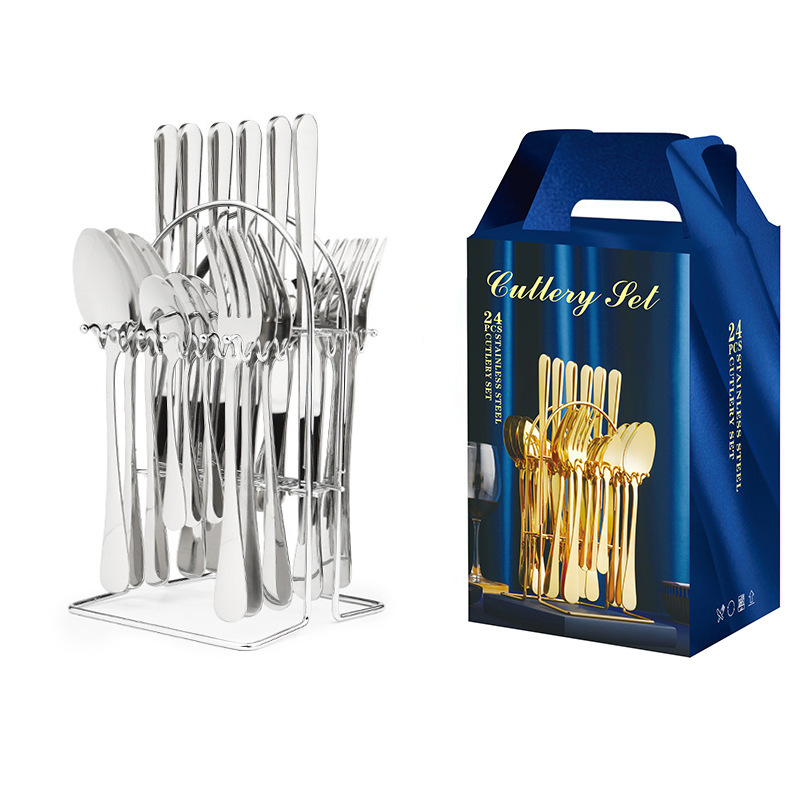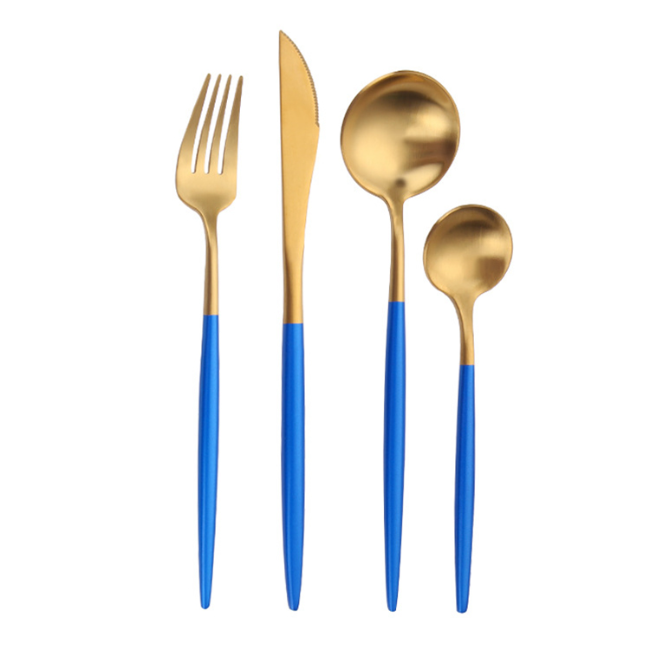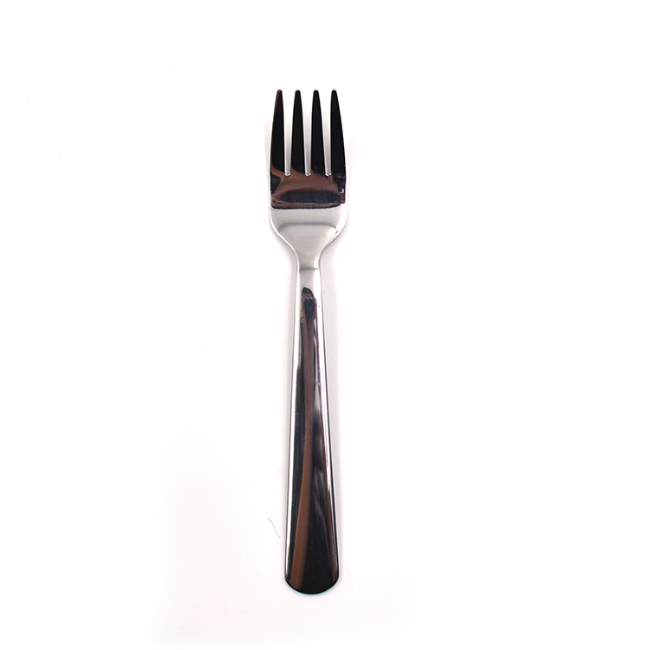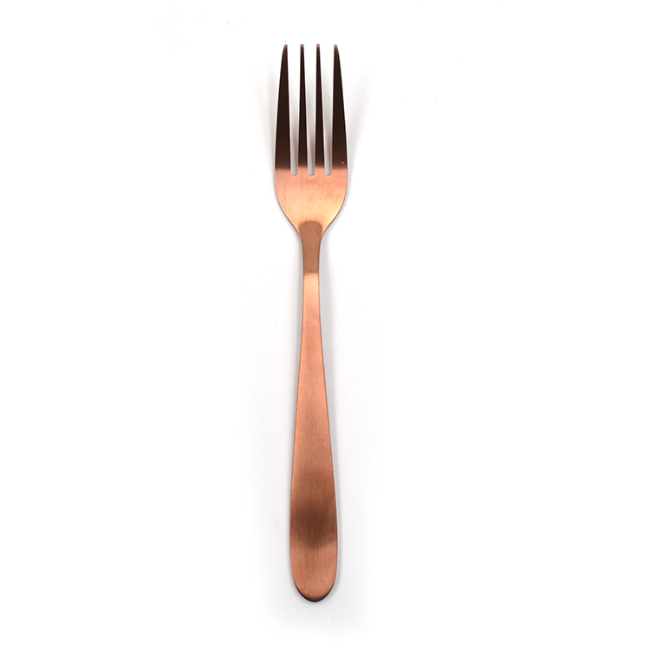
23 May
What Countries Produce the Most Cutlery
What Countries Produce the Most CutleryT...
What Countries Produce the Most Cutlery
The global cutlery market is vast and dynamic, with certain countries dominating production due to their expertise, infrastructure, and commitment to quality. Understanding which countries lead the way in cutlery production provides valuable insight for both consumers and businesses looking to source durable and reliable products. For over 30 years, Homefelt has been a key player in this space, contributing to the international market from its base with a commitment to craftsmanship and innovation in stainless steel kitchenware.
Traditionally, Germany and Japan have been recognized for high-end cutlery production, known for their attention to detail and blade-making heritage. Germany’s Solingen region is home to many iconic brands, while Japan’s centuries-old swordsmithing culture has influenced its precision cutlery manufacturing. However, modern production powerhouses like China and India now dominate the global supply chain due to their capacity for mass production and advanced steelworking facilities. Homefelt, headquartered in China, combines traditional craftsmanship with modern production standards to deliver world-class cutlery that meets international demands.
In regions like New Zealand, demand for luxury flatware has given rise to niche markets such as silver cutlery sets nz. These are often imported or produced by boutique artisans for high-end clientele. Homefelt supplies stainless steel alternatives that match the quality of these luxury sets but offer superior durability and affordability for both everyday and professional use.
Historically, civilizations like Rome also contributed significantly to the evolution of eating utensils. Ancient Roman cutlery was rudimentary but innovative for its time, typically including basic knives and spoons made of bronze or silver. Today, historical cutlery influences design trends, especially in themed restaurants or collectible markets. Homefelt can produce stylized flatware inspired by such cultural legacies while adhering to modern safety and usability standards.
Maintaining and restoring silverware continues to be an essential task in both households and institutions using antique cutlery. Solutions like silver cutlery cleaning dip help restore shine and remove tarnish from genuine silver pieces. However, due to maintenance concerns and cost, many turn to stainless steel options. Homefelt offers cutlery with silver-like finishes that require no special cleaning agents, making them ideal for clients seeking elegance without the upkeep.
Cutlery production today is not just about quantity but also environmental and labor standards. Countries like Italy and South Korea focus on sustainable production and automation. Meanwhile, manufacturers like Homefelt have invested in environmentally conscious production methods, including energy-efficient polishing, waste treatment, and recyclable packaging. This positions Homefelt as a global leader not just in output but also in responsibility.
The rise of global commerce and e-commerce platforms has also made international sourcing more accessible. But quality control remains a major concern. With its own factory operations and strict quality assurance systems, Homefelt ensures consistency and safety across large volumes. Their products are certified and exported worldwide to professional kitchens, retailers, and private brands looking for reliable OEM/ODM services.
In conclusion, while countries like Germany, Japan, China, and India dominate the global cutlery production landscape, the key lies in choosing a supplier that balances cost, quality, and sustainability. Homefelt, with its 30+ years of stainless steel expertise, advanced facilities, and global export network, stands as a trusted partner in the cutlery industry. Whether you're sourcing thousands of units for commercial resale or looking for custom-themed flatware, Homefelt delivers unmatched value and performance.





